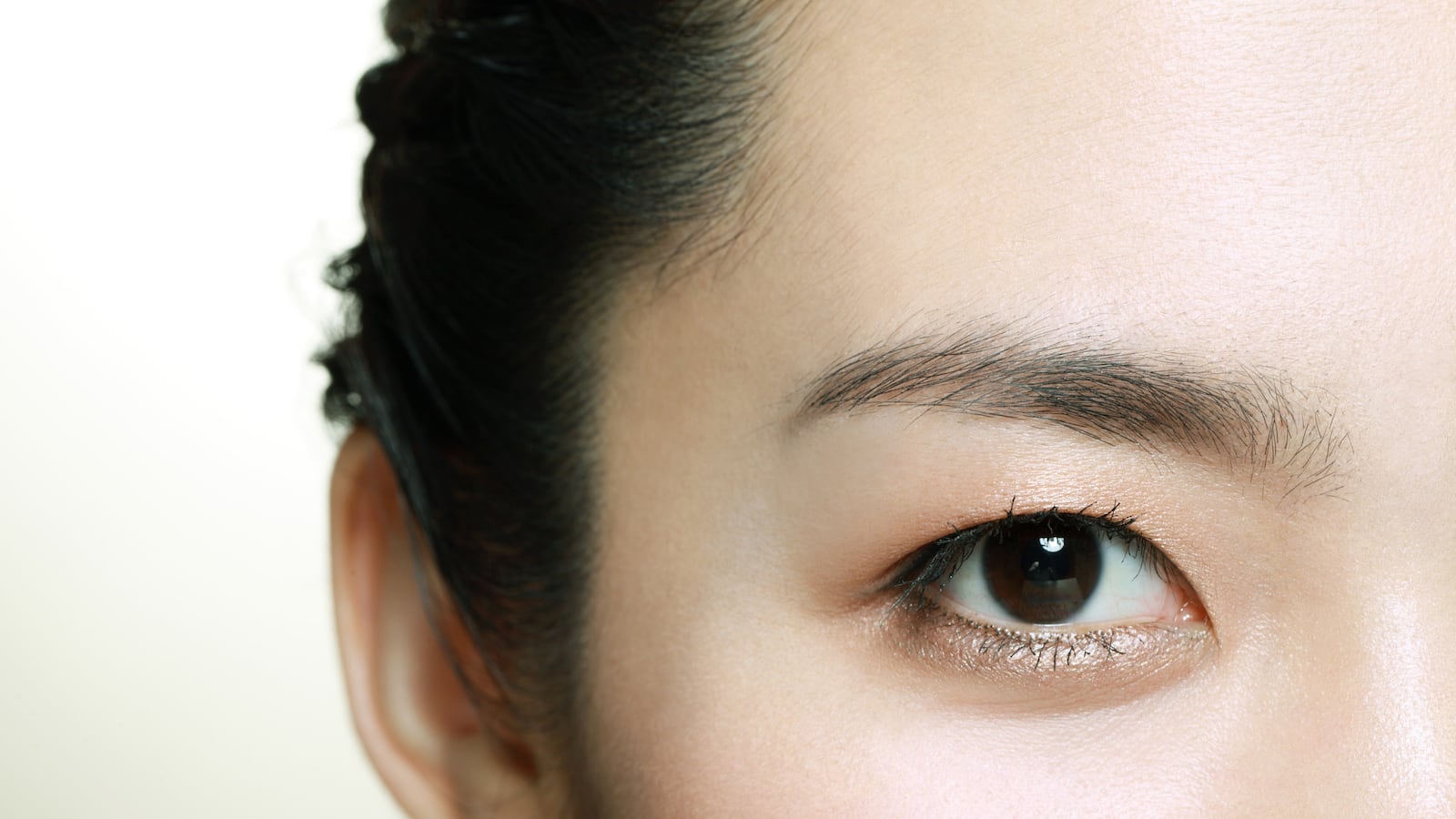Asian Americans are invisible.
That, at least, is the contention of Students for Fair Admissions, an organization alleging in an anti-discrimination lawsuit that Harvard systematically excludes Asian Americans through its “holistic” admissions process. The argument is that by considering information about an applicant other than test scores and GPA, the school is trying to limit the number of Asian Americans in attendance—and that the result is a form of affirmative action for non-Asians.
But it’s far from clear whether the success of the lawsuit would benefit Asian Americans. We have always been typecast as interchangeable, blank-faced robots, a stereotype that in my view will only get worse if we don’t strive to compete on the “holistic” scale. What is clear is that the legal challenge doesn’t reflect the wishes of the Asian American community.
A sizable number of Asian Americans feel that affirmative action, in college admissions or elsewhere, has hurt them personally. Still, as Asian American columnist and Harvard alum Jeff Yang points out in a recent column, a supermajority of Asian Americans, 69 percent, support affirmative action. So on whose behalf is the lawsuit being filed? Not the vast proportion of Asian Americans.
Paradoxically, Asian Americans are considered minorities when white activists seek to challenge affirmative action but not considered minorities or contributors to diversity when other activists seek to promote it. We’re objects used to prove a political point about other ethnic groups rather than a group whose successes and failures are judged on our own.
When New York City Mayor Bill de Blasio muses about reforming the city’s technical high schools to include more subjective criteria to balance out the advantages of students with “certain backgrounds,” for example, there doesn’t seem to be much consideration of the effect that might have on the Asian Americans who now dominate the system, particularly the poor ones.
And when advocates bemoan the lack of diversity in Silicon Valley, citing white and Asian American dominance, they seem to ignore the problems that Asians face in career advancement there. “Most of their employees are white and Asian men,” wrote The New York Times’ editorial board, as if Asians were not so much a contributor to diversity as a problem to be solved. The presence of Asians as a challenge to diversity obscures the problem we face in Silicon Valley: As The Washington Post’s Brian Fung notes, we’re unable to break past a “bamboo ceiling” to ascend to higher, leadership positions.
Even worse, Asian Americans are overlooked entirely when some advocates or politicians speak about minorities. There’s a deep intellectual laziness afoot when people talk about “minorities” but are referring only to Hispanic or African Americans.
“There are two reasons for this laziness, this willful blindness: One has to do with a deeply ingrained national habit where Asian Americans are an afterthought, and when not an afterthought, we are a useful pawn,” said Eric Liu, a former speechwriter for Bill Clinton and the author of A Chinaman’s Chance.
So when not used as a helpful political pawn for other ethnic groups, we’re invisible. We’re ignored.
When Americans think about undocumented immigrants, they picture Latino families, not the 1.3 million Asians who are in the country without legal status. The country’s most visible undocumented immigrant, Pulitzer Prize-winning journalist Jose Antonio Vargas, is from the Philippines.
Asian Americans make up some 5 percent of the American population. But there are just 13 members of Congress of Asian descent, making up just 2.4 percent of the body, according to a recent Congressional Research Service report. Without representatives from plurality-Asian Hawaii, Northern Mariana Islands, and American Samoa, there would be just eight Asian American members of Congress.
And following the resignation of Veterans Affairs Secretary Eric Shinseki, Asian Americans have no representation in the Cabinet for the first time in nearly 15 years. In Washington circles, there’s been little talk of appointing another.
The invisibility extends beyond the political to the cultural. In television and in movies, Asian Americans are still portrayed as a caricature, when they’re present at all. There was a lot of hope for ABC’s Selfie, the first network show to cast an Asian American lead—but then it was promptly canceled (much to my colleague Asawin Suebsaeng’s displeasure). There’s some optimism about ABC’s upcoming sitcom Fresh Off the Boat, modeled after food personality Eddie Huang’s memoirs—but that hope is dimmed by the long-standing treatment of Asians in popular culture.
The explanation for Asian American invisibility is complicated. And it does involve, to some extent, the community’s historical shortcomings in exercising political power. “We need to get louder and more effective, to show voice and power in politics,” Liu told The Daily Beast.
But more damagingly, our invisibility is the result of a dominant political and media narrative that suggests that “minority” means black or Hispanic—except when Asian Americans can be used as a tool to prove someone else’s point.






